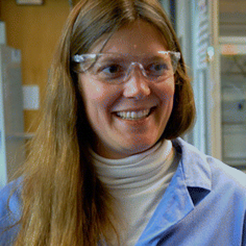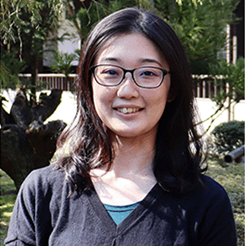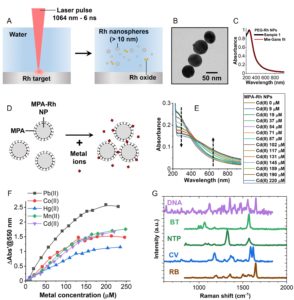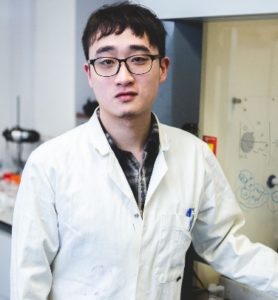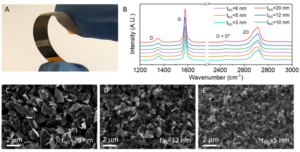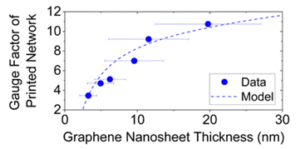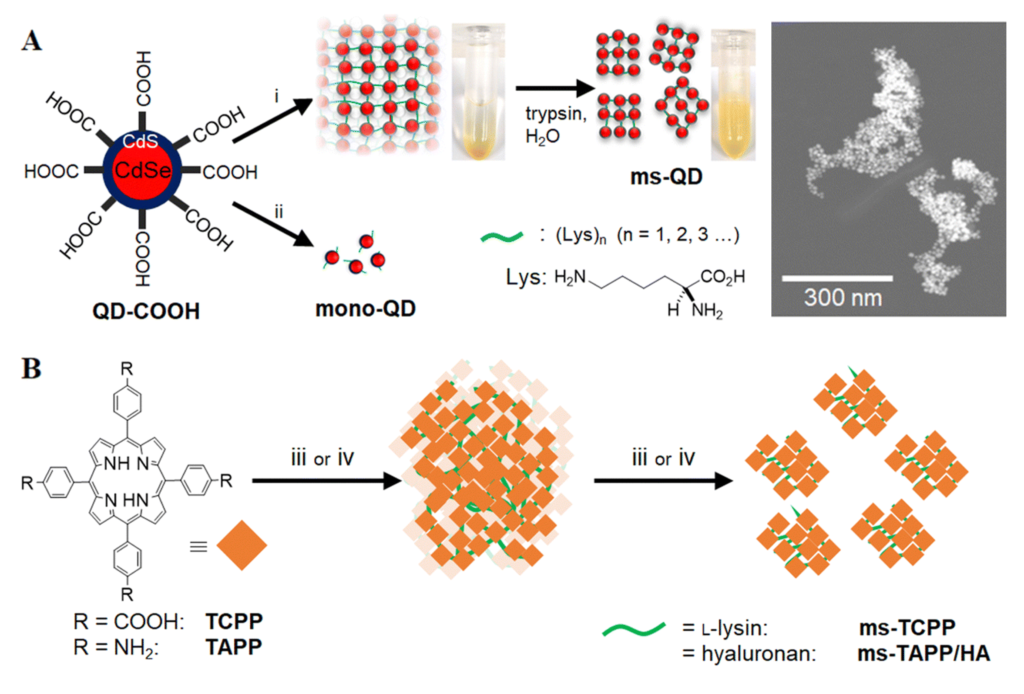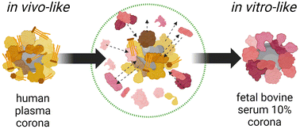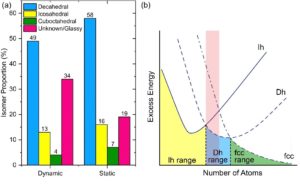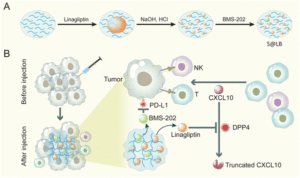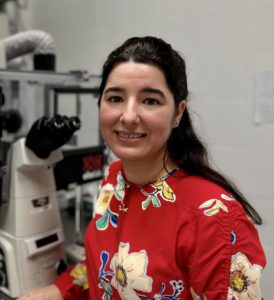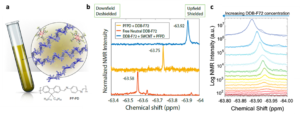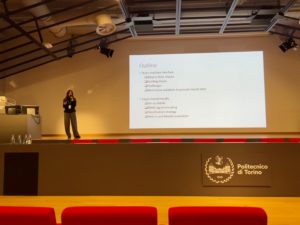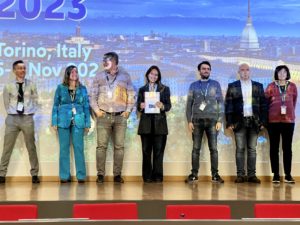As part of our 10th anniversary celebrations, we are pleased to share a special anniversary cover which features on the front of issue 9 of the journal.

This cover collates some of the favourite front cover artwork published in the journal over the past decade as voted for by the Editorial Office and our community. Check out the artwork and the associated publications below. Congratulations to the featured authors!

In situ formation of peptidic nanofibers can fundamentally optimize the quality of immune responses against HIV vaccine Ye Liu, Huaimin Wang, Dan Li, Yue Tian, Wenwen Liu, Lingmin Zhang, Wenshu Zheng, Yanling Hao, Jiandong Liu, Zhimou Yang, Yiming Shao and Xingyu Jiang |

Tuneable fluidics within graphene nanogaps for water purification and energy storage Zheng Bo, Yilei Tian, Zhao Jun Han, Shenghao Wu, Shuo Zhang, Jianhua Yan, Kefa Cena and Kostya (Ken) Ostrikov |

Improving analyte selectivity by post-assembly modification of metal–organic framework based photonic crystal sensors A. von Mankowski, K. Szendrei-Temesi, C. Koschnickabc and B. V. Lotsch |

NIR light-activated upconversion semiconductor photocatalysts Qingyong Tian, Weijing Yao, Wei Wu and Changzhong Jianga Nanoscale Horiz., 2019,4, 10-25, DOI: 10.1039/C8NH00154E |

A champagne inspired dual chain-responsive thrombolytic drug release platform based on black phosphorus nanosheets for accelerated thrombolysis Xingwei Ding, Can Hong, Guoliang Zhang, Jiaqi Liu, Huan Ouyang, Manyu Wang, Lina Dong, Wei Zhang, Hongbo Xina and Xiaolei Wang |

White luminescent single-crystalline chlorinated graphene quantum dots Weitao Li, Huazhang Guo, Gao Li, Zhen Chi, Hailong Chen, Liang Wang, Yijian Liu, Keng Chen, Mengying Le, Yu Han, Luqiao Yin, Robert Vajtai, Pulickel M Ajayan, Yuxiang Weng and Minghong Wu |

Mechano-ferroelectric coupling: stabilization enhancement and polarization switching in bent AgBiP2Se6 monolayers Jing Shang, Congxin Xia, Chun Tang,Chun Li, Yandong Ma, Yuantong Gu and Liangzhi Kou |

Magnetoconductance modulations due to interlayer tunneling in radial superlattices Yu-Jie Zhong, Angus Huang, Hui Liu, Xuan-Fu Huang, Horng-Tay Jeng, Jhih-Shih You, Carmine Ortix and Ching-Hao Chang |

In situ characterisation for nanoscale structure–performance studies in electrocatalysis Tianlai Xia, Yu Yang, Qiang Song, Mingchuan Luo, Mianqi Xue, Kostya (Ken) Ostrikov, Yong Zhao and Fengwang Li |

Ethanol purification enables high-quality α-phase FAPbI3 perovskite microcrystals for commercial photovoltaic applications Hyun Seo Kim, Hyun-Sung Yun, Chae-Eun Seo, Soo Bin Yoo, Bong Joo Kang, Hyuk Jung and Nam Joong Jeon |















